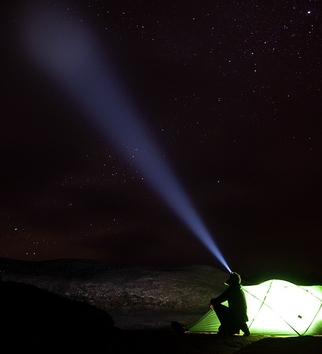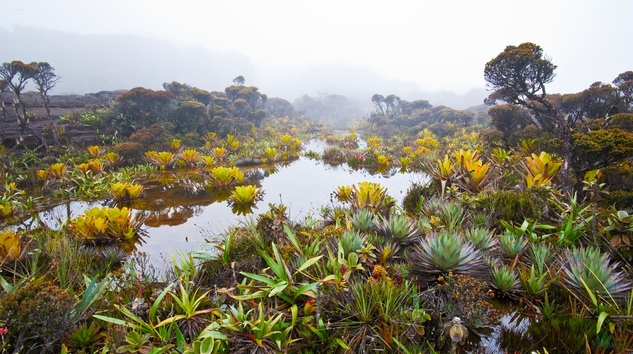- An opportunity to employ the Professor is for the Faculty of Biology and Environmental Protection, UL a great honour and strengthening its research potential. For years the Faculty has been implementing a policy consisting in internationalisation of research teams. This considerably facilitates organisation of research projects with an innovative nature. Professor Kok, thanks to his experience and research passion, will surely find himself well in the environment of researchers from the Faculty, and for younger colleagues he will become a role model - says prof. Michał Bijak, Vice-Dean for research development at the Faculty of Biology and Environment Protection, UL.
Professor Philippe J. R. Kok was born in a small town of the Democratic Republic of the Congo, not far from the African Great Lake region. He defended his doctoral dissertation at Leiden University, the Netherlands, in 2013. It pertained to the systematics and evolutionary biology of amphibians and reptiles in the Pantepui - a biogeographical region of the Guiana Shield highlands - in the northern part of South America, at the border of Guyana, Venezuela and Brazil. Professor Kok connected his further scientific path with this region of the world. He spent there more than 900 days taking part in dozens of Indiana Jones-style expeditions. He carried out field studies in various ecosystems, from tropical jungles to fascinating but unfriendly tepui.
Tepui - isolated table-top mountains reaching nearly 3000 m above sea level, with vertical 200-metre-high, and sometimes even 1000-metre-high walls. The mountains were created as a result of lasting millions of years erosion of Precambrian sandstone sediments, elevated as a result of tectonic movements. They look like islands in the sea of thick forests, with the summits often hidden in clouds; thus, their name which in the language of indigenous people means 'house of the gods'. These unusual elevations, which geologically remember the times of the Gondwana supercontinent, are characterized by one of the highest levels of endemism in the world.
The research results of prof. Kok prove that vertebrates inhabiting tepui are evolutionally much 'younger', and that relationship between them is much closer than it was expected. This means that - contrary to the common opinion - fragmentation of some currently isolated tepui took place much later than previously thought, i.e., at the turn of the Pleistocene and Holocene, and not during the Cretaceous period.
The charm and mystic greatness of the described ecosystems can be admired in dozens of photos on the Professor's author's profile - www.philippekok.com. Tepui is so difficult to reach that some summits have only been reached recently. No wonder that it was there that Sir Arthur Conan Doyle placed the plot of his novel "Lost World", in which the heroes discover dinosaurs and the pre-civilization. Prof. Philippe Kok has examined more than 15 tepui summits (some even several times). On one of them, he camped up to 46 consecutive days in complete isolation. It is true that he has not found any dinosaurs there, but he has discovered dozens of new species of amphibians and reptiles.
Source: The Faculty of Biology and Environmental Protection, UL
Edit: Promotion Centre, UL





